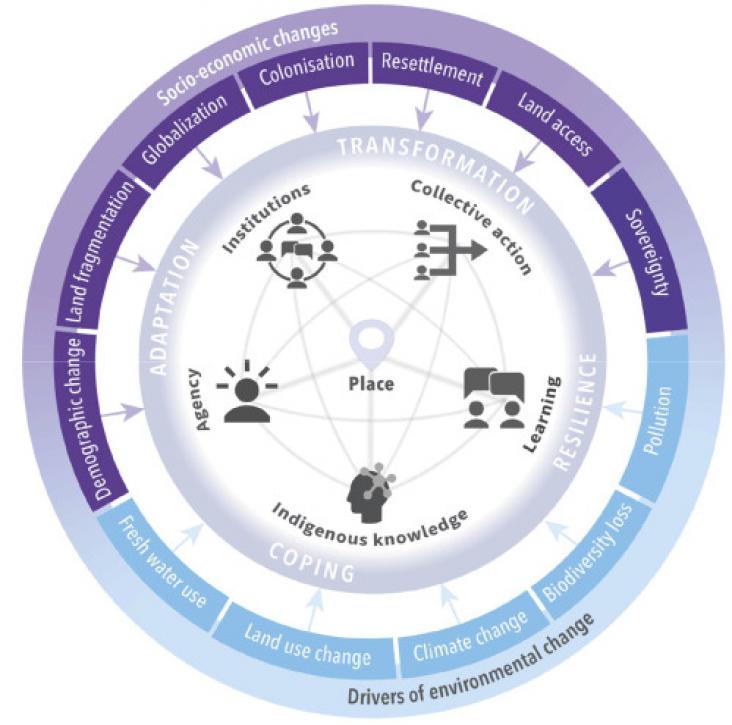Purpose and setting: Infrastructure is a global multi-trillion dollar market presenting many opportunities and risks for sustainable development.
In 2016, the World Health Organization declared that ‘Health is one of the most effective markers of any city's successful sustainable development’ (World Health Organisation, 2016).

Indigenous peoples globally have high exposure to environmental change and are often considered an “at-risk” population, although there is growing evidence of their resilience. In this Perspective, we examine the common factors affecting this resilience by illustrating how the interconnected roles of place, agency, institutions, collective action, Indigenous knowledge, and learning help Indigenous peoples to cope and adapt to environmental change.
Objective: The Minimata Convention on mercury includes amalgam phase-down and eventual phase-out from dentistry.
This chapter advances SDG 6, 11, and 13 by explaining how droughts have long played a major disruptive role in history, threatening the stability of human society. Here, we briefly review the relationship between civilizations and drought, stressing the link between agriculture and drought impacts.
Improving bus stops by providing shelters, seating, signage, and sidewalks is relatively inexpensive and popular among riders and local officials.
This chapter advances SDG 6 and 11 by reporting on the various laws and policy governing water supply in South Africa as well as the current state of water and wastewater infrastructure in South Africa.
This chapter advances SDG 6 and 11 by exploring the technological landscape of water purification in India, focusing on strategies for treatment of wastewater as a potential water source.
This book chapter advances SDGs 11, 12, and 15 by discussing the key drivers, obstacles, and opportunities in plastics sustainability, offering a balanced analysis of current challenges and solutions supporting the more sustainable production, use, and re-use of plastics, which are valuable materials with critical applications across civilization.
Urban expansion is considered to be one of the main threats to global biodiversity yet some pollinator groups, particularly bees, can do well in urban areas.
